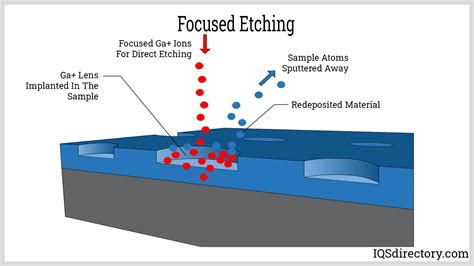Title: Acid Etching Resist Layers
Introduction:

Acid etching resist layers are a crucial process in the semiconductor industry, enabling the creation of intricate patterns on various substrates. This technique involves using a dilute acid solution to selectively remove material from the surface, leaving behind a pattern that can be used for a wide range of applications. In this article, we will explore the basics of acid etching resist layers, their applications, and the advantages they offer.
1. Understanding Acid Etching Resist Layers
Acid etching resist layers are formed by applying a protective coating to a substrate, which is then selectively removed using an acid solution. The resist material must be chemically and physically stable during the etching process to ensure that the pattern remains intact. Common resist materials include photoresists, polyimides, and organosilanes.
The acid etching process involves the following steps:
a. Coating the substrate with the resist material
b. Exposing the coated substrate to a light source to create a pattern
c. Developing the pattern by removing the exposed resist material
d. Immersing the substrate in an acid solution to selectively remove the exposed material
e. Rinsing and drying the substrate
2. Applications of Acid Etching Resist Layers
Acid etching resist layers find applications in various industries, including:
a. Semiconductor manufacturing: Creating patterns on silicon wafers for integrated circuits (ICs)
b. Microelectromechanical systems (MEMS): Fabricating tiny mechanical devices on a wafer
c. Microfluidics: Manufacturing channels and valves for controlling fluid flow
d. Photovoltaics: Creating patterns on solar cells to enhance their efficiency
e. Microelectronics: Fabricating components such as transistors and capacitors
3. Advantages of Acid Etching Resist Layers
There are several advantages to using acid etching resist layers:
a. High resolution: Acid etching allows for the creation of patterns with fine details, making it suitable for high-density integrated circuits.
b. Selectivity: The acid solution can be tailored to selectively remove specific materials, enabling complex patterns to be formed.
c. Cost-effectiveness: Acid etching is a relatively simple and cost-effective process compared to other etching techniques.
d. Flexibility: The process can be adapted to various substrates and materials, making it versatile for different applications.
Conclusion:
Acid etching resist layers play a vital role in the microfabrication industry, offering a cost-effective and versatile solution for creating intricate patterns on various substrates. By understanding the basics of this process and its applications, we can appreciate the importance of acid etching resist layers in the development of advanced technologies.
